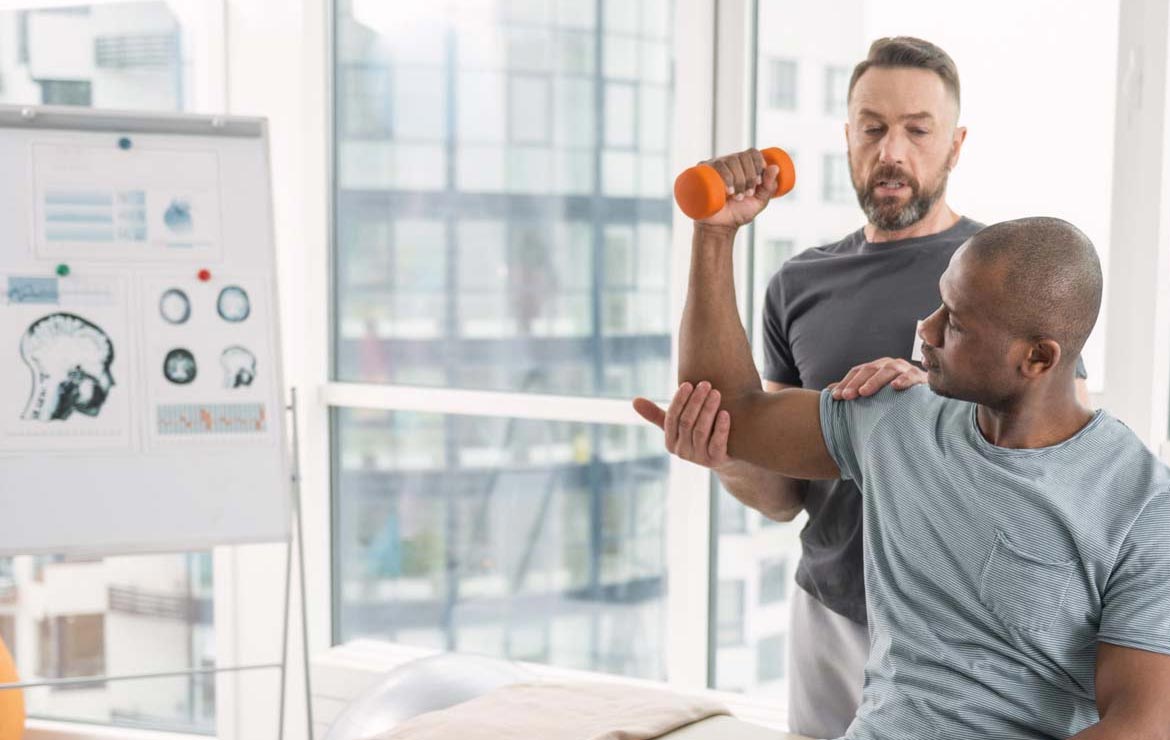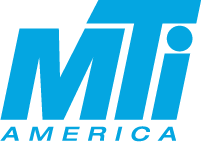Educating Physical Medicine Providers to Help Injured Workers Recover Faster

There are many ancillary service companies in the workers’ compensation space that manage physical medicine provider networks geared towards rehabilitating injured workers. Their service portfolios typically include physical therapy, occupational therapy, certified hand therapy, aquatic therapy, telerehabilitation, FCEs, work conditioning, and work hardening. They also provide some level of clinical oversight of an injured worker’s course of treatment, acting as an intermediary between claims and clinical management, reviewing ongoing cases, and consulting with providers to ensure that injured workers receive quality care while proceeding efficiently through the treatment process. Why do we need clinical oversight? Don’t the clinicians know best how to treat injured workers without having someone peering over their shoulders and telling them what to do?
Understanding Workers’ Compensation Complexities is Key
A treating clinician certainly possesses the knowledge, skills and experience required to treat the injury itself. However, a much broader, more comprehensive understanding is needed of not only the complexities of the workers’ compensation industry, but also of the injured worker’s specific circumstances, in order to achieve the most successful outcomes. In fact, possessing the knowledge and experience required to successfully manage an injured worker’s recovery within the complex workers’ compensation system, may be just as important as the hands-on treatment.
A typical workers’ compensation claim involves a large number of stakeholders, including the injured worker, family members, employer, insurance carrier, claims manager, adjuster, nurse case manager, physicians, therapists, and attorneys. Each has an important role to play. However, these stakeholders alone cannot ensure that an injured worker remains on course to achieve optimal physical recovery and return to work. There are many other challenges to overcome that are beyond their purview. It also requires the stakeholders to collaborate to ensure the injured worker’s recovery moves in the right direction.
Specific Training is Required To Help Clinicians Treat Injured Workers
For example, the treatment process must adhere to clinical guidelines and reflect the worker’s specific job responsibilities and physical demands. It’s also necessary to address work simulated activities, the impact of non-compliance, psychosocial behaviors, and industrial rehabilitation issues. This requires a deep understanding of how the workers’ compensation industry actually functions and the unique components essential to achieving the best possible outcomes. Clinicians typically do not acquire this industry-specific expertise in university physical therapy programs, which are primarily designed to turn out competent generalists. Instead, specific post-graduate education and extensive clinical experience are needed. Yet, no significant effort has ever been made to educate clinicians with essential workers’ compensation industry knowledge required to bridge the gap.
Transforming Clinical Oversight to Achieve Enhanced Collaboration Among Stakeholders
To achieve the best results, we must begin investing in educating our physical medicine providers, the clinicians that provide hands-on treatment and spend the most time observing and listening to injured workers. Doing so will lead to an environment of improved understanding, closer working relationships, and fewer distractions, enabling treating therapists to spend more time focusing on restoring the health and function of injured workers. This new approach could transform clinical oversight into enhanced collaboration, and the peer-to-peer review process into a more patient-focused exchange of ideas that decreases utilization and drives the best return-to-work outcomes. We can also expect this education and collaboration platform to reveal psychosocial risk behaviors earlier in the treatment process and to promote greater awareness of non-compliance. Better prepared therapists and clinicians are able to respond seamlessly when specific complexities are identified, quickly implementing effective clinical management strategies and communicating clearly and appropriately with the right stakeholders at the right times. These factors, working in tandem, will significantly reduce the tendency for clinical teams to be reactive in dealing with the challenges they often face in managing and treating injured workers, while fostering a new, more collaborative culture of increased proactivity and efficiency.
Ultimately, Everyone Wins!
The ultimate goal should be: everyone wins! The injured worker benefits from having a more informed and seasoned clinician that treats with greater competence, establishes clear expectations, and manages with strong direction from the first visit onwards. The clinical team benefits from superior collaboration that produces a sharper focus on the injured worker’s needs and a more efficient recovery process. Claims professionals gain a trustworthy partner that is committed to delivering compassionate and high quality care and the very best return to work outcomes for injured workers. This all leads to greater efficiency, less litigation and lower claims costs, so everyone wins!










